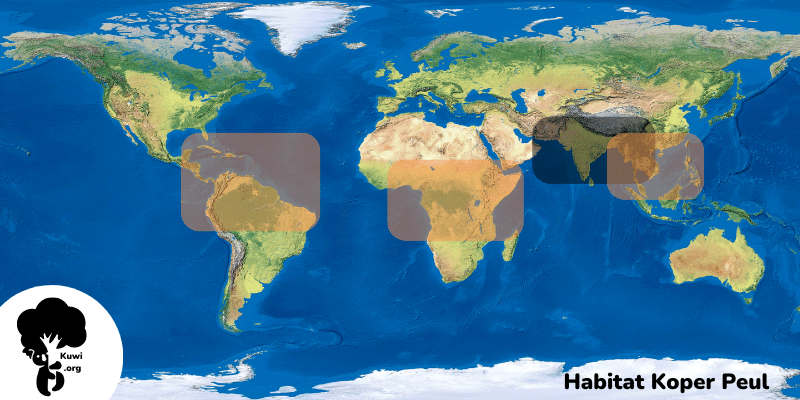Copper Pod
The Copper Pod, also known as Peltophorum pterocarpum, is a beautiful ornamental tree that has captured the hearts of nature enthusiasts worldwide. Native to South Asia, this magnificent tree stands out with its golden canopy of vibrant flowers and lush green foliage. Let’s take a closer look at the fascinating features and benefits of the Copper Pod tree.
The Copper Pod tree is a medium to large deciduous tree that reaches a height of up to 12 meters. Its distinctive feature is the dazzling display of bright golden-yellow flowers that adorn the tree during the blooming season. These flowers, arranged in clusters, create a breathtaking sight and earn the tree its popular nickname, the ‘Golden Shower Tree.


Ecological importance
The Copper Pod plays a crucial role in the ecosystem by supporting various wildlife species. The nectar-rich flowers attract bees, butterflies, and other pollinators, promoting biodiversity in the area. Additionally, the tree provides a safe habitat for birds and small animals, contributing to the overall balance of the ecosystem.
Habitat
The Copper Pod is native to South Asia and is prevalent in various countries in the region. Its natural habitat includes parts of India, Sri Lanka, Myanmar, Bangladesh, and Pakistan. Within these countries, the tree is typically found in tropical and subtropical areas, thriving in warm and humid climates.
Regarding its current geographical distribution, the popularity of the Copper Pod tree as an ornamental and shade tree has led to its introduction and cultivation in various other parts of the world. It can now be found in many tropical and subtropical areas outside its original range. Some places where the tree has been planted and established include parts of Southeast Asia, Africa, the Caribbean, South America, and Central America.
In regions where the tree is introduced, it often adapts well to local conditions, especially in areas with a climate similar to its natural habitat. However, it is essential to ensure that the tree does not become invasive and negatively impact native flora and fauna. Therefore, responsible planting and monitoring are crucial when introducing non-native species.

Adaptability and Growth
One of the major strengths of the Copper Pod is its adaptability to various soil types and climatic conditions. It thrives in tropical and subtropical regions and can withstand both drought and occasional flooding. This hardiness makes it an ideal choice for landscaping in a wide range of environments, from gardens and parks to streets and avenues.
Cultural and Traditional Significance
In its original distribution area, the Copper Pod holds cultural and traditional significance. In some regions, the flowers are used in religious ceremonies and festivals, adding a touch of spirituality and vibrancy to the celebrations. Additionally, the wood from the tree is utilized for various purposes, including the crafting of traditional crafts.
Conservation Efforts
Despite its resilience, the Copper Pod tree faces challenges due to habitat loss and urbanization. To preserve this natural wonder for future generations, efforts are required to protect and promote its growth.
IUCN Red List

Plant this tree


